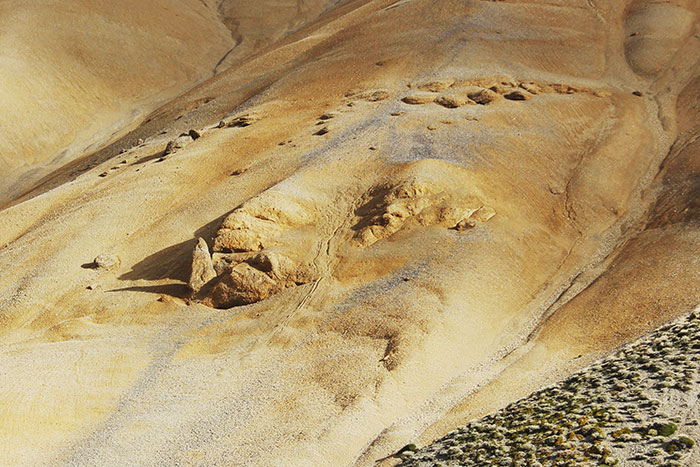New Zealand scientists have discovered new fossils that have coincidentally shed more light on a previously unknown species of extinct monk seals. Biologists have described this discovery as the most outstanding achievement in the evolution of seals in the past 70 years.
The discovery called Eomonachus belegaerensis is so-called in honor of an ocean depicted in the famous movie ‘Lord of the Rings’. The finding has completely changed the way scientists understand the evolution of seals worldwide.
Findings show that Eomonachus belegaerensis existed in New Zealand waters about 3 million years ago. It had a dimension of 2.5 meters in length and between 200 and 250 kilograms in weight.
“This new species of extinct monk seal is the first of its kind from the Southern Hemisphere,” said James Rule, one of the scientists that worked on the discovery. “Its discovery really turns seal evolution on its head. Until now, we thought that all true seals originated in the northern hemisphere, and then crossed the equator just once or twice during their entire evolutionary history. Instead, many of them appear to have evolved in the southern Pacific, and then crisscrossed the equator up to eight times.”
James Rule is a paleontologist at Monash University. He is also a doctorate candidate for the university’s Anatomy and Developmental Biology department. He worked on the discovery together with other members of a Trans-Tasman scientist team.
The finding has countered the previous speculation that every real seal had originated from the north side of the Atlantic and later passed over to settle in Antarctica via the equator. Facts about the Eomonachus have now shown that several early seals originated from the southern part of the globe. The same goes for early monks, Antarctic seals, and elephants.
Curator of aquatic creatures at the Te Papa Museum, Dr. Felix Marx excitedly described the scientific feat as a victory for citizen science saying that beach lovers collected fossils that were researched by the Monash team of scientists in Taranaki over a space of seven years, from 2009 to 2016.
“This new species has been discovered thanks to numerous, exceptionally well-preserved fossils – all of which were found by members of the public,” Dr. Marx added. “New Zealand is incredibly rich in fossils, and so far we have barely scratched the surface.”
Marx is optimistic about other discoveries of new species that have lived in New Zealand’s past that could come up in the future.
Source: phys.org









